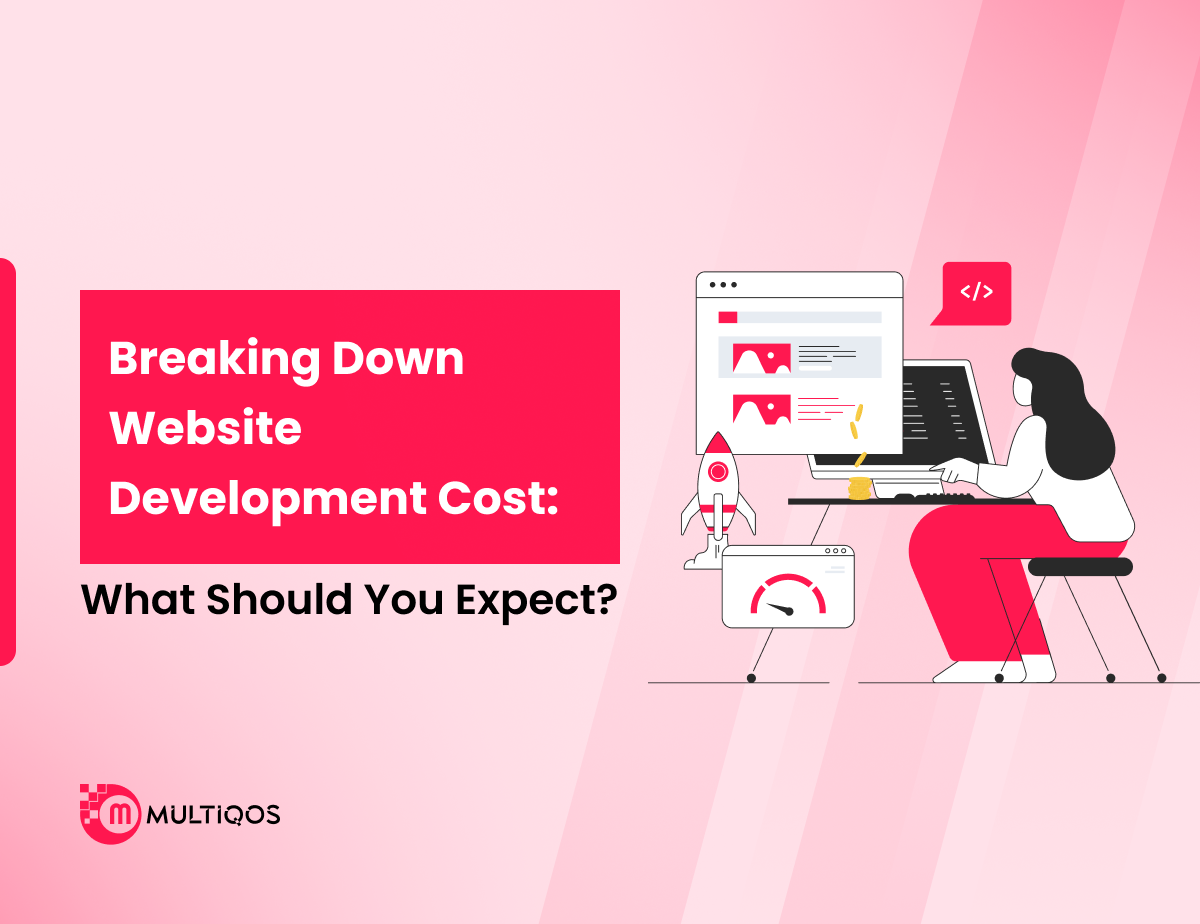Why Web Application Performance Optimization Matters for Modern Businesses?

Summary:
Web application performance optimization is no longer optional—it’s a strategic imperative. This blog explores why speed, responsiveness, and overall performance influence user experience, conversion rates, and brand reputation. It breaks down how slow-loading apps can drive away customers, hurt search engine rankings, and increase operational costs.
You will learn how performance optimization enhances business outcomes by improving customer satisfaction, reducing bounce rates, and boosting scalability. The post also highlights the competitive advantage gained by businesses that prioritize performance early in the development cycle.
Introduction
As speed governs user experience and first impressions happen in a blink, web application performance optimization is a critical focus for modern businesses. It doesn’t matter if you own an online store, a SaaS service, or even an internal business application; performance issues can result in user attrition, reduced conversions, and increased operational expenses.
We live in a world that craves instantaneous access to everything, particularly when interfacing with technology. Users will abandon a web application that takes too long to load or is malfunctioning. Improving performance aids in customer satisfaction, subsequently improving search engine ranking and aiding in the overall growth of the business.
All these factors are achieved simultaneously. This blog will focus on the reasons web application performance optimization is mandatory and how businesses can benefit from gaining a powerful competitive advantage simply by investing in speed and efficiency.
What is Web Application Performance Optimization?
Web application performance optimization refers to improving the overall web app performance, as the name suggests. Apart from this, it helps in boosting the speed and efficiency of the web app. Some techniques used are minimizing HTTP requests, compressing images and code, making effective use of caching, and executing optimal database queries.
The objectives seek to improve load times, enhance user experience, and provide smooth performance across devices and varying network conditions. Businesses can avoid expensive remedial fixes by focusing on performance optimization early in the web application development life cycle, thus providing users with a flawless experience.
From a user’s perspective and organizational engagement, and revenue metrics, application access is critical from a timing view. Users expect applications in today’s digital world to work speedily and dependably; otherwise, their revenue and engagement can be forfeited. Lagging in optimizing web applications poses a risk of losing value and staying competitive in the marketplace.
Web app development with traffic in mind ensures that the application can gracefully scale and manage heightened traffic loads if the application’s performance best practices are implemented. Ultimately, user satisfaction, conversion rates, and business growth can all be supported by robust web applications.
7 Reasons Why Web Application Performance Optimization Is Crucial for Modern Businesses
Here are 7 compelling reasons confirming the need for web application optimization to maintain a competitive business advantage, especially in today’s fast-paced digital environment.
1. Improved User Experience
User experience is directly linked to the responsiveness and speed of a web application. As a result, users are more likely to remain static, explore, and interact with a webpage when there is speed during loading and interactions. Web application performance optimization guarantees users a service that is free of lags and interruptions. Fully optimized apps promote smooth and uninterrupted interaction, which enhances customer satisfaction and strengthens brand loyalty.
2. Higher Conversion Rates
Performance greatly affects conversion. Research indicates that conversion rates can decline significantly with even a single-second delay in loading a webpage. Users are much more inclined to engage in completing services such as signing up for an account, purchasing goods, or submitting a form on a web application that loads swiftly. Companies that adopt web application performance optimization during the development phase stand to gain enhanced user engagement and increased revenue.
3. Better Search Engine Rankings
Google utilizes a website’s loading speed as one of the critical metrics in determining its position in search results. A web application that loads slowly is unlikely to show up on the first page; this impacts free traffic and overall visibility.Web application speed directly correlates to SEO effectiveness. Improving a company’s online presence and growing user engagement naturally, without paid ads, is essential for businesses to enhance their digital footprint.
4. Increased Customer Retention
Initial evaluations are critical—if a web application fails during the first visit, it is unlikely users will come back. A responsive and dependable application aids in developing a constructive perception and motivates frequent visits. Businesses can lower bounce rates and boost user retention by optimizing web application performance, thereby cultivating enduring customer loyalty and maximizing lifetime value.
5. Enhanced Mobile Experience
Given that most users engage with applications through mobile devices, seamless functionality across different screen sizes and network conditions is crucial. Web application performance optimization guarantees that content loads and operates efficiently, even on slower mobile networks. A responsive mobile experience not only improves accessibility but also enhances usability and expands reach.
6. Reduced Operational Costs
Improved applications are both quicker and more efficient regarding resource utilization. Reduced expenses on bandwidth and infrastructure result from efficient code, effective caching, and lower server loads. In the long run, web application performance optimization helps in drastically reducing costs while also enabling resource allocation to be streamlined and scaling to occur without increased expenditure.
7. Competitive Advantage
Alternatives for users abound. A web application that is sluggish and unoptimized will easily lose users to better-performing competitors. Businesses with polished and reliable digital experiences are positioned ahead of the competition when focus is placed on web application performance optimization. In saturated markets, this edge can make all the difference.
Conclusion
Meeting customer expectations in today’s world requires optimizing the performance of web applications. A business needs to retain users and gain income, so a well-performing web app provides faster load times, better SEO, improved scalability, and even lower bounce rates.
Achieving this level of performance entails having the proper skills on hand. To meet the demands of rapid, dependable, and scalable application delivery, you must hire web developers specializing in performance-first development. A well-coordinated team ensures sustainable operational value and customer loyalty, and gives your business the confidence to lead in a performance-centric digital market.
FAQs
It is important because it helps businesses to increase user satisfaction, improve engagement, achieve higher conversion rates, lower bounce rates, bolster business growth, and retention.
Factors such as server response time, front-end code effectiveness, image and asset optimization, database management, performance of caches, and even network delays affect web application performance.
Users, traffic, brand reputation, and revenue can all suffer due to abandoned sessions or missed opportunities created by sluggishly responsive applications.
Practices such as gzip compression, content delivery networks (CDNs) optimization, minimizing HTTP requests, implementing lazy loading, database optimization, and browser caching all fall within the same categorization.
Performance can be evaluated with tools such as Google PageSpeed Insights, Lighthouse, GTmetrix, and WebPageTest, which evaluate load time, core web vitals, and other important metrics.
Get In Touch







